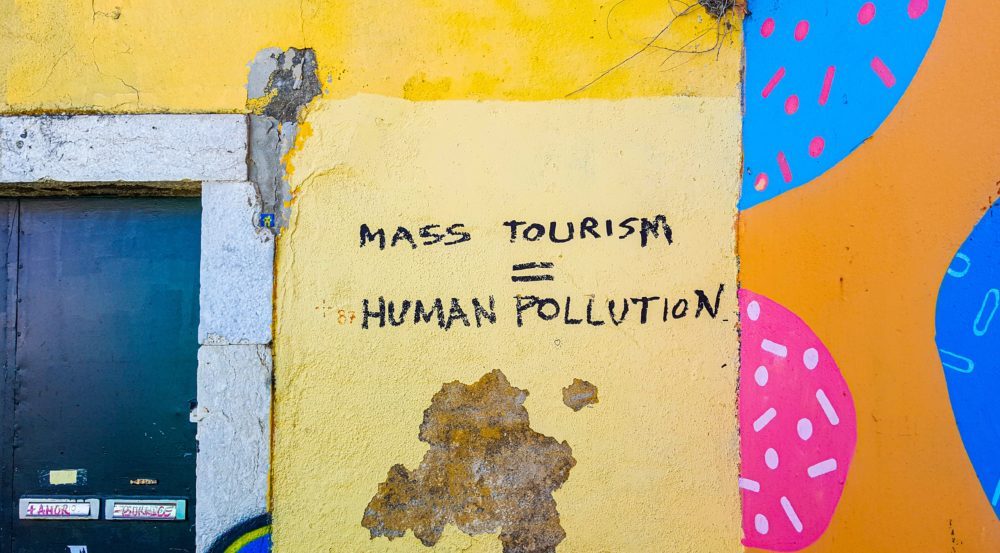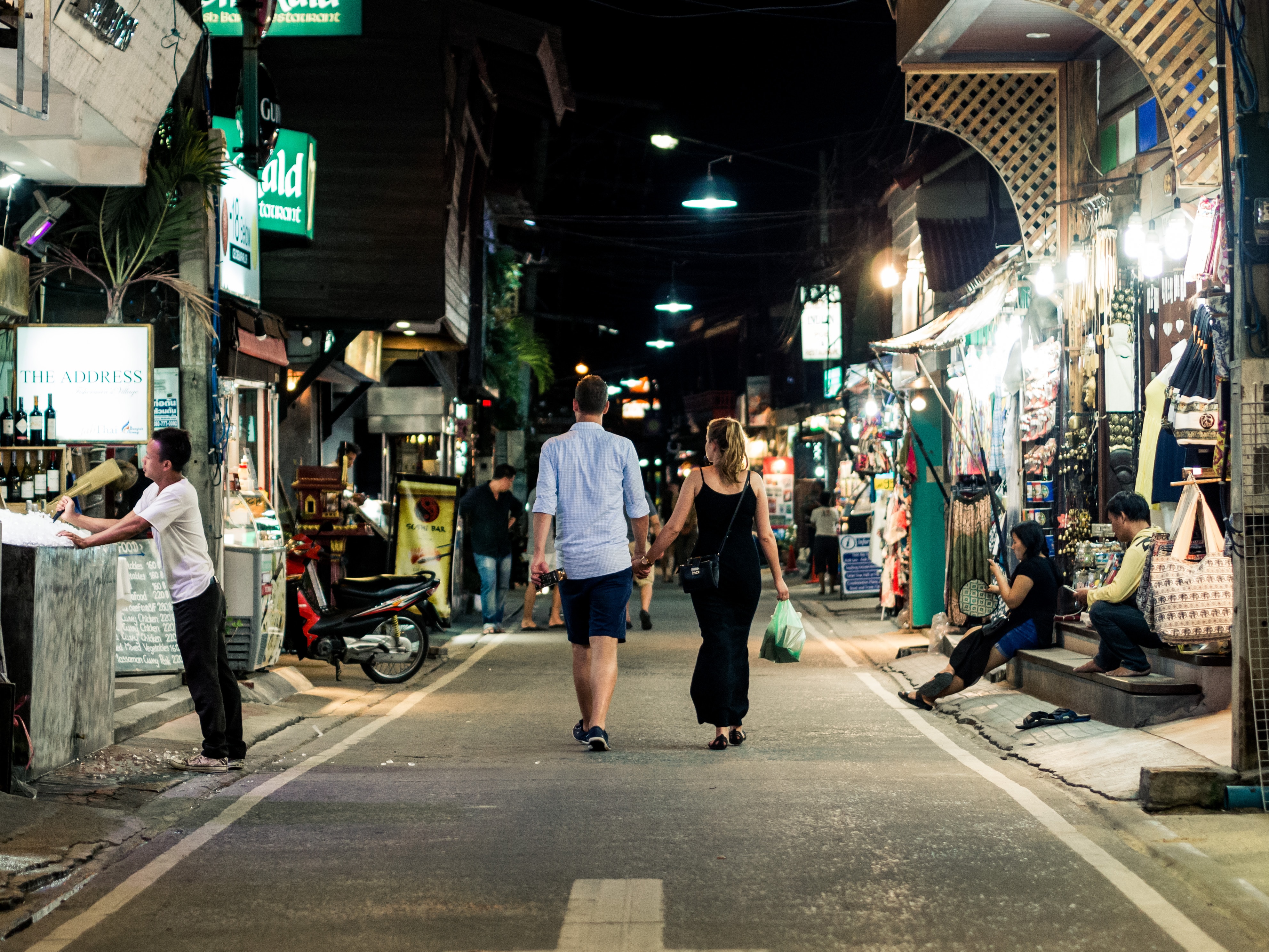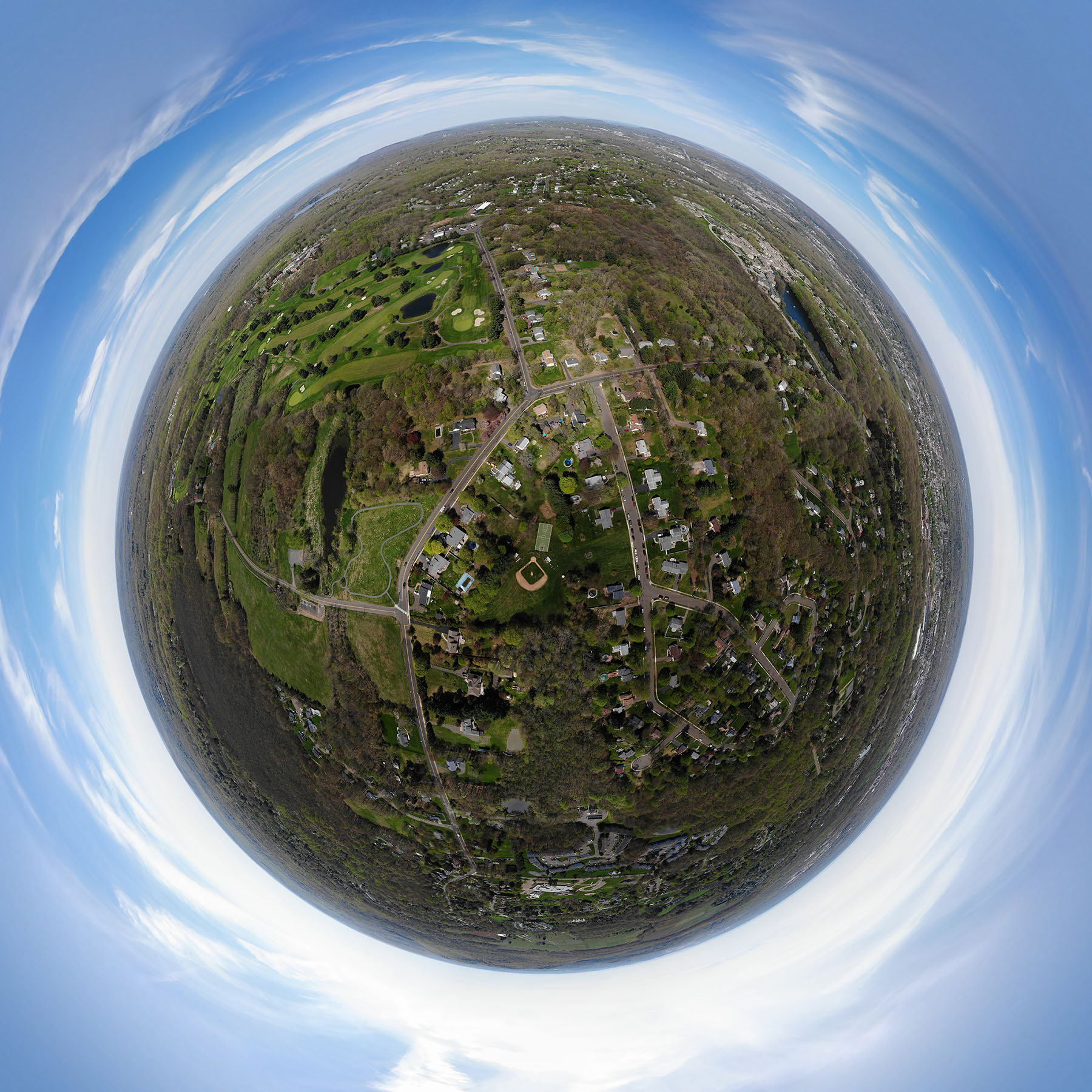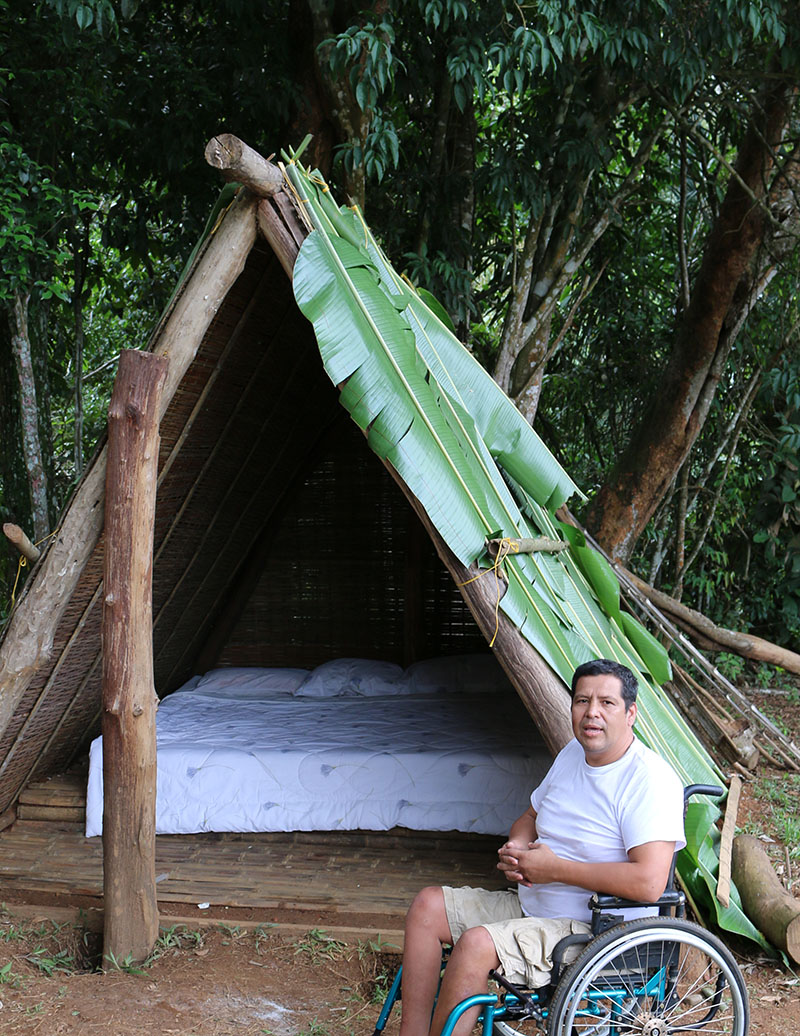Scratching the surface…
The summer of 2017 a new term - Overtourism - burst into discussions about tourism. While the issues of overtourism have been around for some time, the folks at Skift named it and featured it in their 2017 megatrends. People in some of the most popular destinations, frustrated with the negative impacts of tourism, reached their tipping point, and a tourist backlash began. There is no question that overtourism is a problem. But overtourism is a symptom of a bigger challenge - sustainable destination management -...







